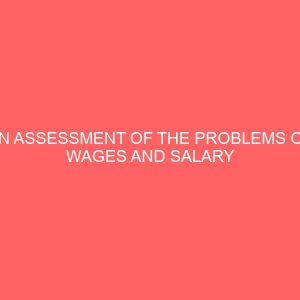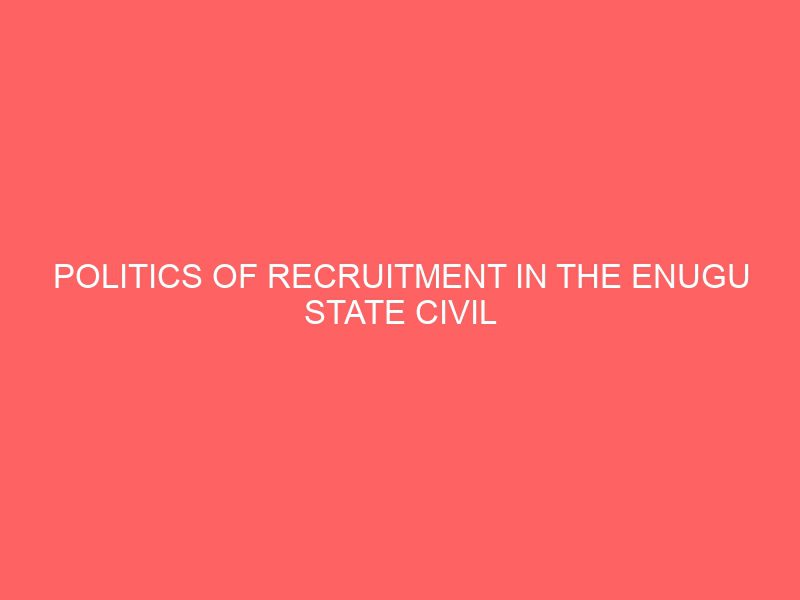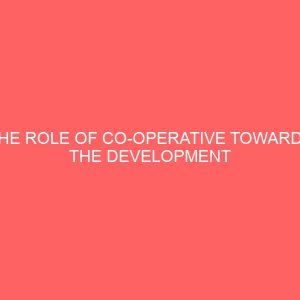Description
CHAPTER ONE INTRODUCTION 1.1 Background to the Study The efficiency and effectiveness of any work place (whether the private or the public sector) largely depend on the caliber of the workforce. The availability of a competent and effective labour force does not just happen by chance but through an articulated recruitment exercise (Peretomode and Peretomode 2001). Recruitment is a set of activities used to obtain a sufficient number of the right people at the right time from the right place (Nickels et al; 1999), and its purpose is to select those who best meet the needs of the work place, and to develop and maintain a qualified and adequate workforce through which an organization can fulfill its human resource plan (Biobele, 2007). A recruitment process begins by specifying human resources requirements (numbers, skills mix, levels, time frame), which are the typical result of job analysis and human resource planning activities (Cascio, 1986). Information from job analysis and human resource planning activities activates the next phase in the recruitment process, namely, attracting potentially qualified candidates to apply for vacant positions in an organization. This can be done through recruitment within the organization (internal sources), and or recruitment outside the organization (external sources). After this phase, the organization should devise selection tools to help sort out the relative qualifications of the job applicants and appraise their potentials for being good performers in a particular job (Jones et al; 2000). Those tools include applications and resumes, interviews, reference checks, tests (Snell, 1999). The essence of these recruitment activities is for the organization to appoint the best applicant with the right ability, t







